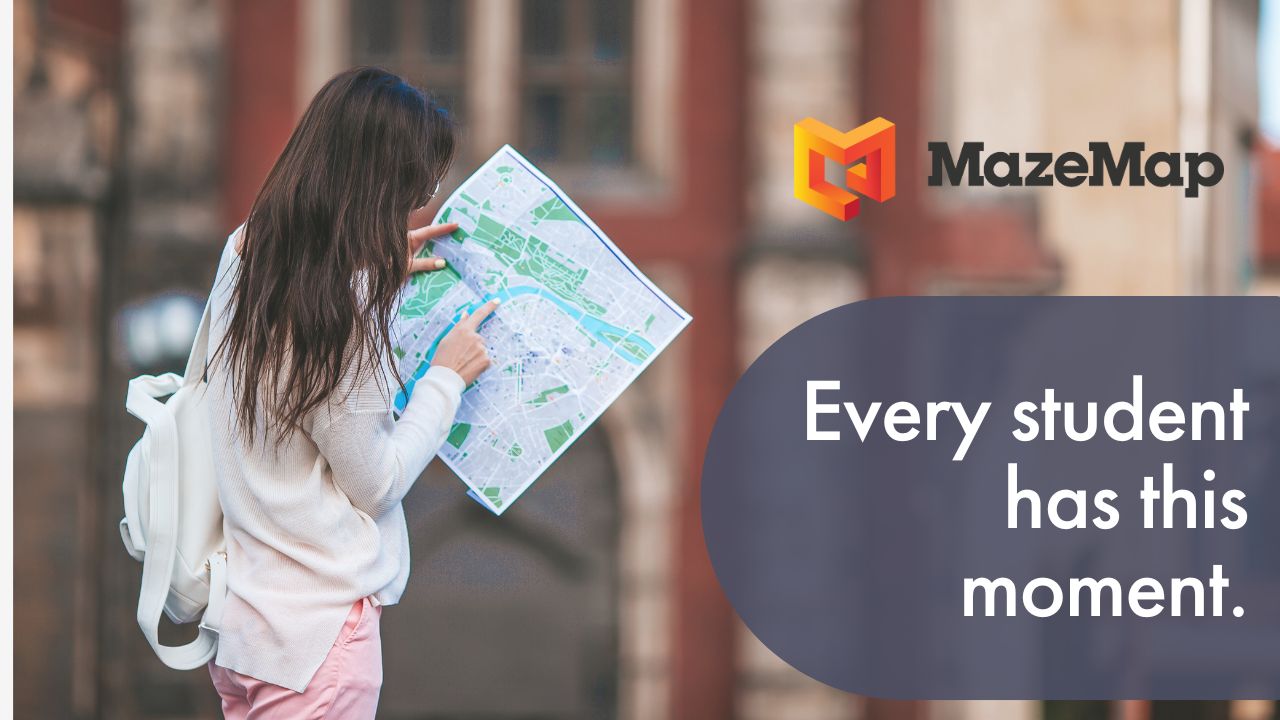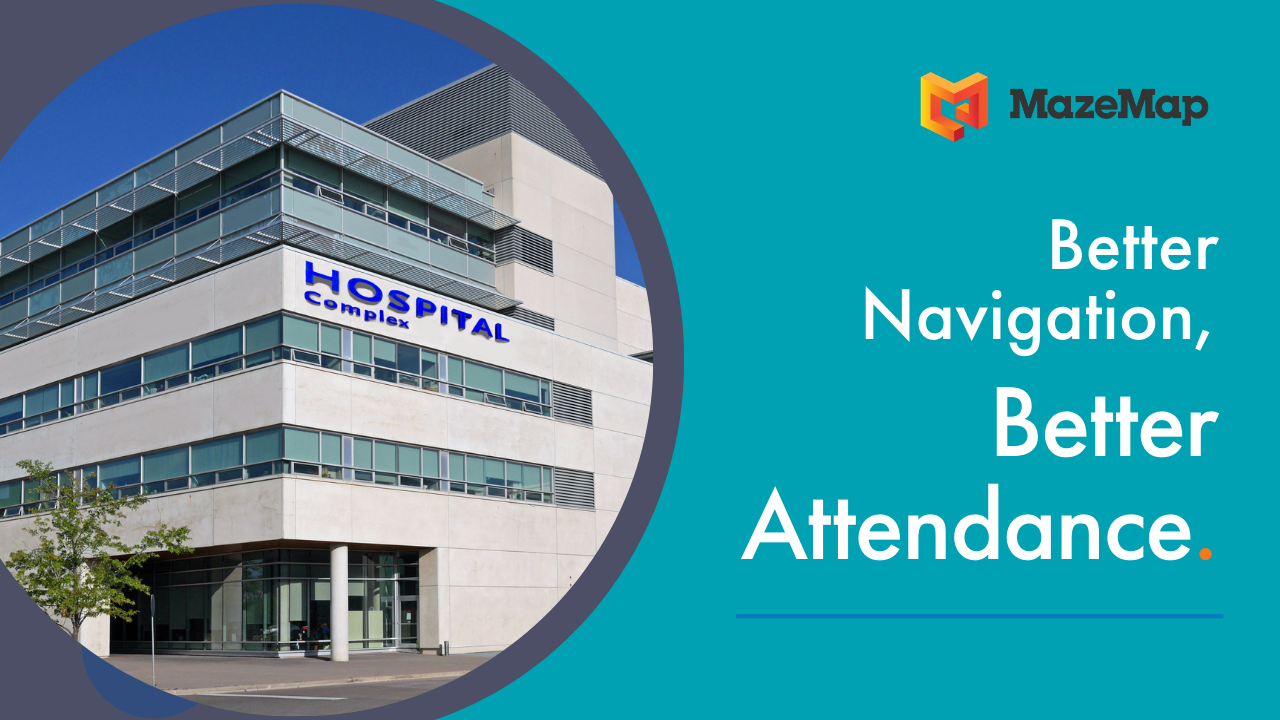“MazeMap is much more than simply a Map, you can think of it as a powerful mapping and routing platform. By using a combination of APIs to programmatically access the mapping engine as well overlays to provide additional mapping layers, you can achieve lots of interesting use cases. Once you start to explore the APIs then you can find new and exciting ways of presenting and receiving information, you will find that it’s super flexible, easy to use and easy to connect to other apps and frameworks.”
- Chris Dixon, Head of IT Partnering and Innovation at Lancaster University
Profile: Lancaster University is a public University situated in the northwest of England.
Students: Approx. 17,000
Staff: Approx. 3,000
Size: 360-acre (0.563mi2, 1.457km2) site made up of student residences, teaching buildings and a corporate events venue.
The problem: Lancaster University occupies a large campus space, making it difficult for students, visitors and staff to find their way around - especially when they have appointments in areas that are unfamiliar to them. The university was also looking for a mapping service that would not only serve as a wayfinding tool but would also allow them to integrate with other services, such as their student app.
The solution: MazeMap is embedded in the Lancaster University app, iLancaster, showing students, staff, and visitors important building details, such as room names, toilets, cafes, and parking spaces. The maps give users A to B directions with the option to choose their mode of transport - on foot, by bike, car, or by public transport. Local bus timetables are integrated with MazeMap, providing users with directions from their home, right up to their classroom.
MazeMap also visualizes bookable rooms and lets users check room capacity, integrating with the timetabling system, Scientia. Every class in the timetable contains a URL with directions. When students arrive at their class, they then use this integration to check-in. In addition to room booking, map users can also see an overview of parking spaces and PCs. Sensor data is sent to the map to show which parking spaces and PCs are occupied, and which ones are available.

Lancaster are also using MazeMap to overlay building data, creating a digital twin. A digital twin allows modeling and real time information display that mirrors conditions in a physical building. This type of technology also allows users to control heating and lighting remotely, for example, users reporting that it’s too hot can send a signal to reduce the heating, making the building management process more efficient and saving energy. Users can also find washers and dryers around campus. They can check the status (available or in-use) and see how long is left of washing and drying cycles.
Finally, MazeMap is also integrated with an external security alert system. If a member of staff or a student needs to call security, they can use their device to trigger the alarm. Security is then alerted to the location via MazeMap.
Student involvement: Lancaster University works closely with their students throughout the development process. In addition to three full-time developers, the university enlists the help of their students to write code, design, and test solutions. They also hold focus groups, have over 3,000 students who regularly respond to surveys, and enlist the help of students on their product development board. The university uses a multi-mode approach for student engagement which allows them to maximise engagement and ensure that input from students is useful. For example, the use of surveys is paired with beta testing and focus groups. By collating this feedback, Lancaster are able to make sure that their solutions are valuable to their users.
The outcome: Lancaster University launched MazeMap in September 2019 - just in time for the term to begin. MazeMap proved extremely popular during the introductory weeks and over 43,000 interactions were logged on the first Monday back. In particular, the MazeMap URLs in the timetabling system proved very popular with over 30,000 interactions per day.

What does the future hold?
Lancaster University has plenty of exciting plans to continue scaling their solutions with MazeMap:
- Map views especially for facilities staff and contractors showing the locations of pipes and cables and other infrastructure.
- Integration with the campus voice service ‘Ask LU’ (similar to Amazon’s Alexa or Google’s Voice).
- Heatmaps to show occupancy data and person density for key areas of the campus.
- Desk booking with sensors to show occupancy.
Overall, Lancaster have taken their MazeMap package to the next level by building upon it in a really innovative way. They are creating a smarter campus, which will not only help to improve the student experience immensely but will also allow the university staff to perform their jobs more efficiently.
Connect with us on LinkedIn | Follow us on Twitter











